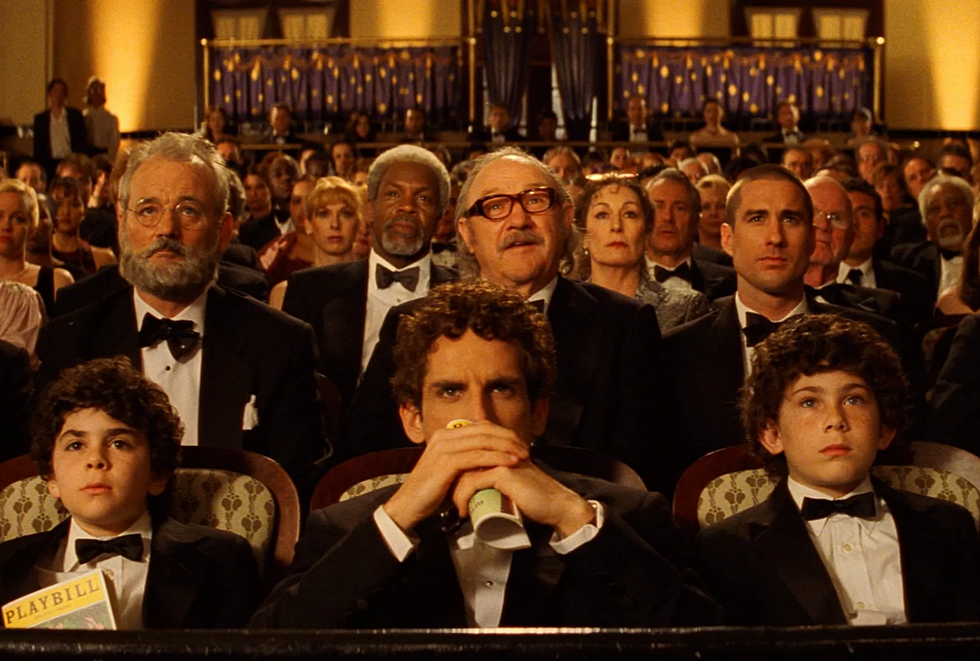
Others among the plum cast sort of playing versions of real people include Frances McDormand, Adrien Brody, Tilda Swinton, Owen Wilson and Jeffrey Wright.īut the fact that the setting is not Paris, and rather the fancifully named burg of Ennui-sur-Blasé, suggests that nothing on view here should be taken literally (the film was actually shot in the strikingly situated old south-western French city of Angoulême). Bill Murray’s role is an amalgam of Harold Ross and William Shawn. (a surname that might inspire anyone to stay out of his way), the editor of the eponymous publication clearly inspired by The New Yorker, which itself began publication in 1925. Eliot and any other real people who figured in Woody Allen’s wonderfully fanciful Midnight In Paris a decade ago, Anderson introduces a vast array of fictional characters, some of whom bear at least a passing resemblance to actual, if generally lesser-known, individuals.įirst among unequals is Arthur Howitzer Jr. But instead of Hemingway and Fitzgerald and T.S. The film exudes a love of - and a clear wish to have been around for - expatriate life in France in the 1920s. And it doesn’t hurt that Anderson can round up a large stellar cast even when many of the roles are small and superficial.

It’s also a film that only a highly respected veteran who has repeatedly proven capable of combining creative quirkiness with a measure of box office success could ever get away with making. Searchlight Pictures probably shouldn’t even bother to release it in the red states, except maybe in Austin.Ī fondness and sentimental nostalgia for a certain bygone aesthetic disposition and intellectual mindset nestles at the core of this mountainously quirky one-off. If Anthony Lane doesn’t like it, there will be a price to pay. World premiering in competition at the Cannes Film Festival, this is a film about and for The New Yorker constituency. 'Theater Camp' Directors Molly Gordon & Nick Lieberman On Making People "Believe" In Comedy Again At "A Scary Time For Art, In General"


 0 kommentar(er)
0 kommentar(er)
